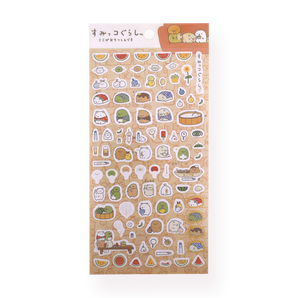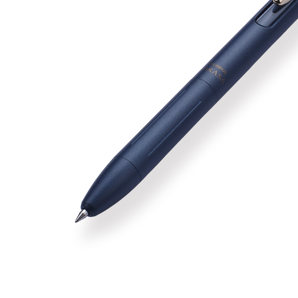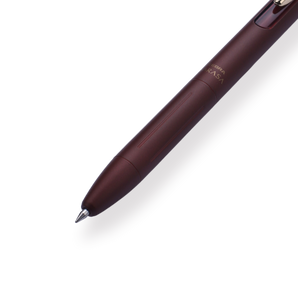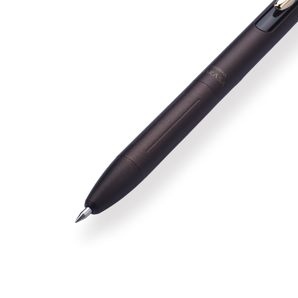There’s no blood test, scan, or quiz that can definitively tell you if you’re transgender—but your thoughts, feelings, and experiences matter. If you're questioning your gender identity, it’s okay to feel uncertain. With reflection and the right support, you can uncover what feels most true for you. Here’s how to explore whether you're transgender, nonbinary, or simply navigating gender in your own unique way.
Ask Yourself the Right Questions
1. Start by acknowledging your curiosity.
If you're seriously wondering if you're trans, chances are you feel out of sync with your assigned gender. That doesn't automatically mean you’re transgender—but it may suggest you're gender non-conforming in some way. Ask yourself:
-
Do I feel discomfort with the gender I was assigned at birth?
-
Am I drawn to seeing myself as another gender?
-
Do I feel “off” when doing stereotypical activities associated with my assigned gender?
2. Reflect on your childhood.
Many transgender adults recall early signs of gender dysphoria that lasted more than six months. Some examples:
-
Insisting you're not the gender your parents say you are
-
Wanting to dress like or play with toys associated with another gender
-
Preferring to socialize with a different gender
-
Feeling unhappy with body changes during puberty
3. Think about social roles.
Do you feel uncomfortable or out of place when you're expected to act a certain way because of your gender? You might feel like you're “passing” but not truly part of your assigned group. That disconnect could be gender dysphoria in disguise.
4. Pay attention to your name and pronouns.
Notice how you feel when you're referred to by your given name or pronouns. If it feels off—or if being called by another gender’s pronouns feels right—that’s worth exploring. Your identity may be waiting for recognition.
5. Consider your relationship with your body.
Many trans people experience discomfort with their bodies, especially during puberty. If you feel like you’re in the “wrong” body or have a strong desire to change your sex characteristics, this could be gender dysphoria.
Seek Guidance and Support
1. Talk to a gender therapist.
A therapist specializing in gender identity can help you explore your feelings in a safe space. Look for keywords like “LGBTQ+ affirming” or “gender identity expert” in their profiles. Many countries have directories—like the APA locator in the U.S. or the Beaumont Society in the UK.
2. Connect with trans and nonbinary communities.
Find local LGBTQ+ groups, support circles, or student orgs like a Gay-Straight Alliance. You don’t need to come out right away. Start by saying you’re an ally or that you’re questioning.
3. Join online forums.
Explore gender identity anonymously in safe online spaces like TrevorSpace, Reddit’s r/asktransgender, or LGBTQ+ Discord servers. Just remember to protect your privacy when chatting online.
Experiment, Express, and Explore
1. Try on another identity.
If you’re curious about being a trans man or trans woman, try using different pronouns with a trusted friend or therapist. You might even spend a weekend imagining life as another gender and journaling your thoughts.
2. Explore the nonbinary spectrum.
Not everyone fits into “male” or “female.” You might be agender, bigender, genderfluid, or somewhere in between. Try “they/them” pronouns or mix gendered styles to see what feels right.
3. Dress how you want.
Experiment with your style. Wear what makes you feel like yourself—whether that’s dresses, suits, makeup, or something androgynous. Expression is a powerful part of identity.
4. Think about what would affirm you.
Would a different haircut, name, or pronoun make you feel more at peace? Would hormones or surgery feel right, or are you okay without medical steps? It’s all about what makes you feel like your truest self.
No one else gets to decide your gender but you. Exploring whether you’re transgender, nonbinary, or gender-nonconforming is a personal journey—there’s no timeline or checklist. Be gentle with yourself and know that whatever path you choose, your identity is valid.
























